This section offers several examples of online approaches that colleges, universities, and other organizations are using to communicate and market their incremental credentials and programs like micro-pathways, for example.
Example 1 A state-level consolidated database of credentials to enable marketing and communications about credentials at multiple institutions from the SUNY system. This image shows the SUNY Microcredentials page. When users click the purple bar—the “Find your SUNY Microcredential” link on the homepage—the search feature shown in the second image comes up.
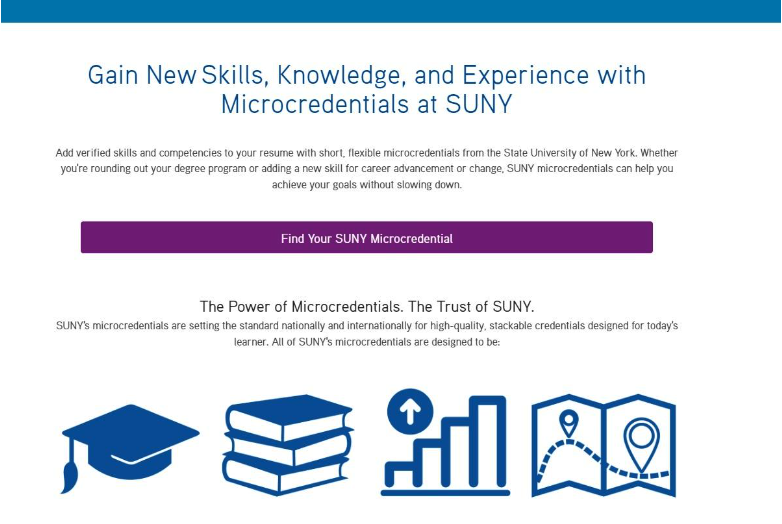
Example 2 Wake Tech Community College in North Carolina—which offers the Wake Technical Powerpack—shows how credentials are linked to workforce titles. As students search through the available powerpack options, they can see the details of each, including the intended audience, description, price, course outlines, and requirements. This page on the site also offers a link to register.
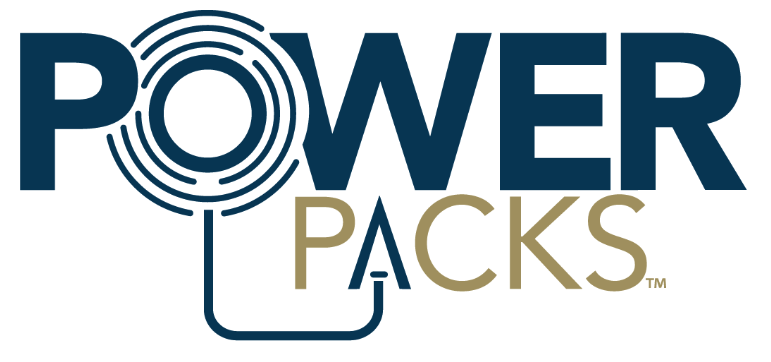
Example 3 SUNY Mohawk Valley Community College markets a path of stackable/microcredentials in the area of remotely piloted aircraft systems, fabrication welding, ornamental welding, structural welding, carpentry fundamentals, and masonry fundamentals. Students and employers can see the flexible entrance and exit points for three microcredentials that lead students directly into jobs as drone maintenance technicians, drone pilots, or GIS technicians. The pathway also enables students to move through these microcredentials with additional coursework and a capstone to earn an associate degree.
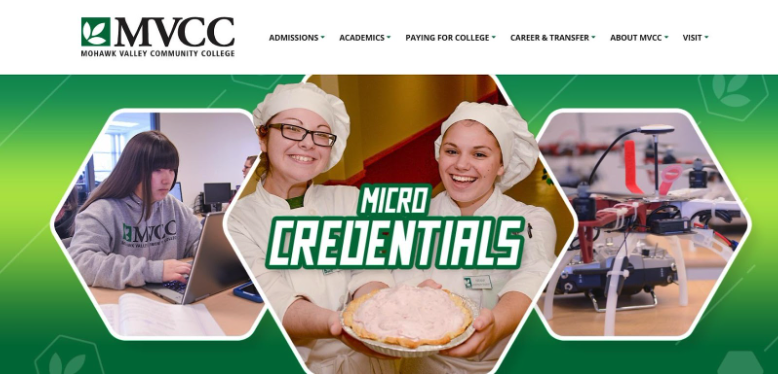
Example 4 The University at Albany-SUNY, in cooperation with Credly, markets a global open badge platform. A badge issued through the Credly platform is a digital representation of a learning outcome, experience, or competency.

Example 5 The University of Colorado-Boulder website shares information about new micro-credential and digital badge programs.

Example 6 A third-party provider, AARP, is working with MindEdge Learning to offer courses that can boost the careers of the 50+ population. Learners can earn certificates from MindEdge to let prospective employers know they are bringing marketable skills.

Example 7 The University of Maryland Global Campus is marketing ways to turn an industry certification into college credit. This example shows how advising and prior learning assessment can help boost incremental credentialing.
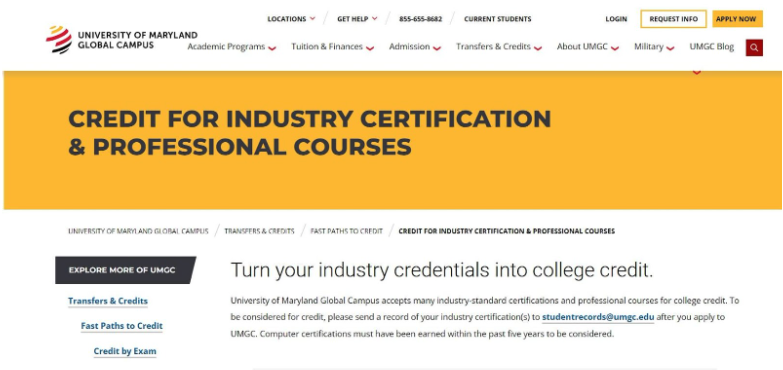
Example 8 Unmudl, an intermediary that offers a platform of non-credit and credit short courses, markets some offerings from participating community colleges.
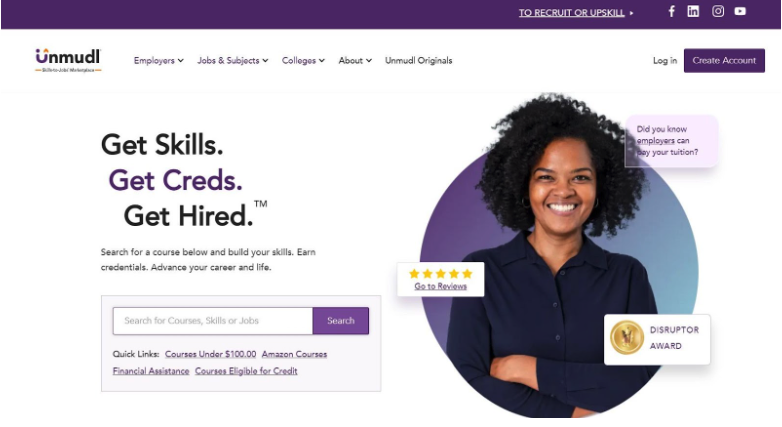

Credential As You Go has acquired three phases of funding to date. Lumina Foundation funded Phase I, resulting in the Incremental Credential Framework for testing. The Institute of Education Sciences, U.S. Department of Education funds Phase II (Grant R305T210063), which focuses on rapid prototyping of and research on incremental credentials with a national campaign. An anonymous private donor fund at the Program on Skills, Credentials & Workforce Policy at George Washington University funds the development of the prototype Learn and Work Ecosystem Library. Walmart funds Phase III, which focuses on systems change for expansion and sustainability of incremental credentials. The opinions expressed are those of the authors and do not represent views of Lumina Foundation, Institute of Education Sciences, the U.S. Department of Education, Walmart, or George Washington University.